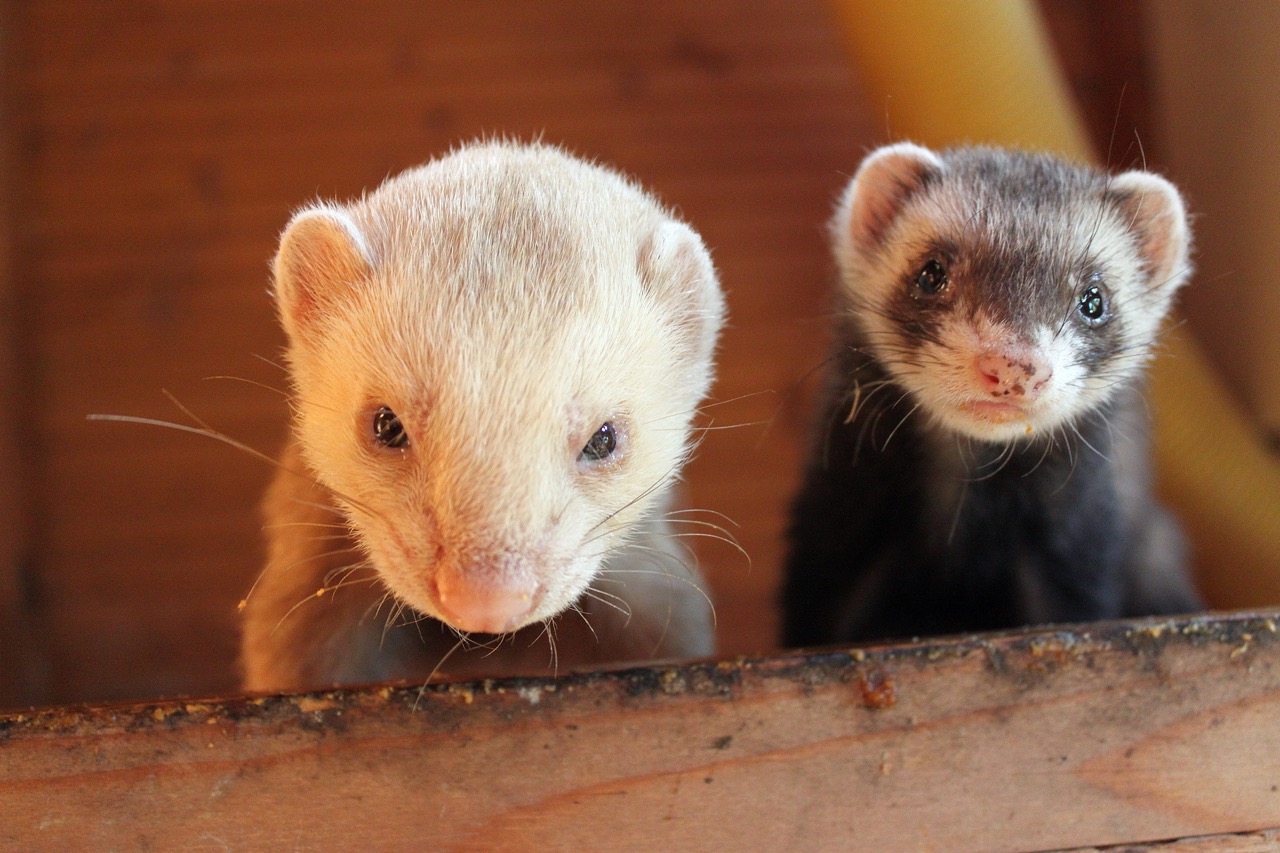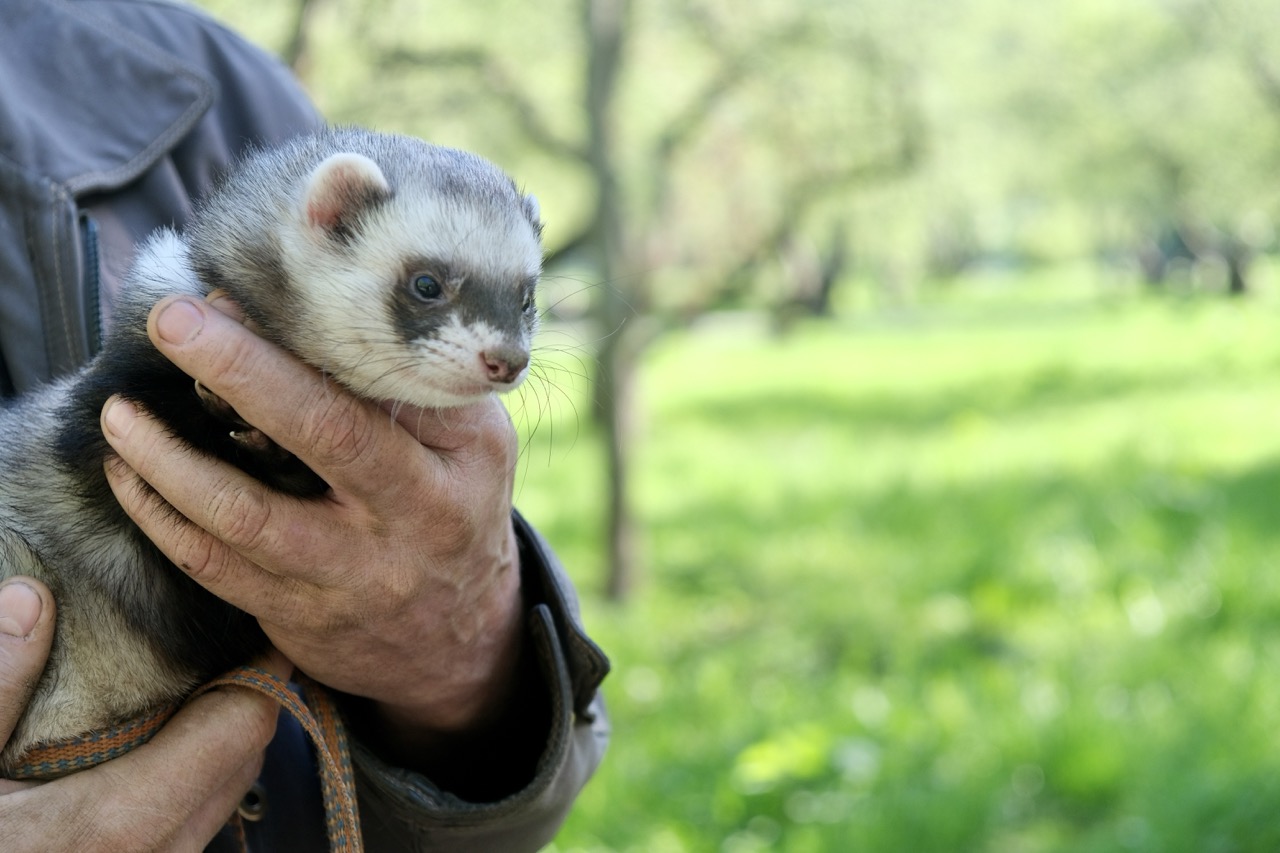Bringing a ferret into your home can be a delightful experience, but relocating them can also be a significant source of stress. Ferrets are sensitive creatures, and understanding their needs during this transition is crucial for their well-being. This article will guide you through the essential steps to ensure your ferret makes a smooth adjustment to their new environment, covering everything from understanding their needs to monitoring their behavior post-relocation.
Understanding Your Ferret’s Needs During Relocation
Ferrets are instinctively territorial and can become anxious when introduced to new surroundings. Understanding their natural instincts is the first step in facilitating a smooth transition. When a ferret is moved to a new home, it may experience a range of emotions from fear to curiosity. Recognizing these emotions will allow you to respond appropriately and support your ferret during this time.
One of the primary needs of a ferret during relocation is a sense of security. Providing familiar items, such as their bedding, toys, or even a piece of your clothing, can help create a comforting environment. These familiar smells can ease their anxiety and provide a sense of stability as they navigate a new space.
Moreover, maintaining a consistent routine is essential for your ferret’s adjustment. Feeding times, play sessions, and sleep schedules should remain as unchanged as possible. This predictability can help reduce their stress levels and encourage them to settle into their new home more comfortably.
Essential Preparations for Your Ferret’s New Environment
Before your ferret arrives in their new home, it is vital to prepare the environment to ensure it is safe and stimulating. Begin by ferret-proofing the area, removing any hazards such as exposed wires, small objects they could swallow, or places where they could become trapped. Keeping your ferret safe in their new environment is a top priority.
Additionally, you should designate a specific space for your ferret that includes their cage, litter box, and safe toys. This space should be quiet and away from high-traffic areas in the home to minimize disturbances. Providing a cozy hideaway, such as a tent or tunnel, can also give your ferret a sense of security where they can retreat if they feel overwhelmed.
Finally, consider enriching their environment with various toys and activities that stimulate their natural curiosity and playfulness. Ferrets are playful creatures, and offering climbing structures, tunnels, and interactive toys will help them feel more at home and engaged within their new surroundings.
Gradual Introduction: Easing Your Ferret into Their Space
Once you have prepared the environment, it’s essential to introduce your ferret to their new space gradually. Start by allowing your ferret to explore their designated area without overwhelming them with too many stimuli at once. Let them take their time to investigate different corners of their space and familiarize themselves with new scents and sounds.
After a short period of exploration, you can slowly introduce them to other areas of your home. Keeping the introductions gradual helps prevent your ferret from becoming overstimulated. Monitor their responses closely and ensure they are comfortable before allowing them to venture more freely throughout your home.
During this transitional phase, spend quality time with your ferret. Engage in gentle play and provide positive reinforcement with treats and affection. This not only helps strengthen your bond but also reassures them that they are in a safe and loving environment, making the adjustment period smoother and more enjoyable.
Monitoring Behavior: Signs Your Ferret is Adjusting Well
As your ferret settles into their new home, it’s important to monitor their behavior closely for signs of adjustment. One of the primary indicators of a successful transition is your ferret’s willingness to explore their space. If they begin to venture out of their hideaway and engage with their toys, it’s a good sign that they are feeling more at ease.
Another positive behavior to look for is social interaction. If your ferret approaches you for attention or initiates play, it indicates that they are adapting well to their new environment. Conversely, if your ferret is hiding constantly or displaying signs of aggression or fear, it may signal that they need more time to adjust.
Finally, pay attention to their eating and sleeping habits. A healthy appetite and regular sleeping patterns are indicators that your ferret is becoming comfortable in their new home. If you notice changes in these behaviors, it may be worth consulting a veterinarian to ensure that there are no underlying issues affecting their adjustment.
Helping your ferret adjust to a new home requires patience, understanding, and preparation. By recognizing their needs during relocation, creating a safe and stimulating environment, introducing them gradually, and monitoring their behavior, you can ensure a smoother transition for your furry friend. Remember, every ferret is unique, and some may take more time than others to feel at home. With love and support, you can help your ferret thrive in their new environment, paving the way for a happy and fulfilling life together.










